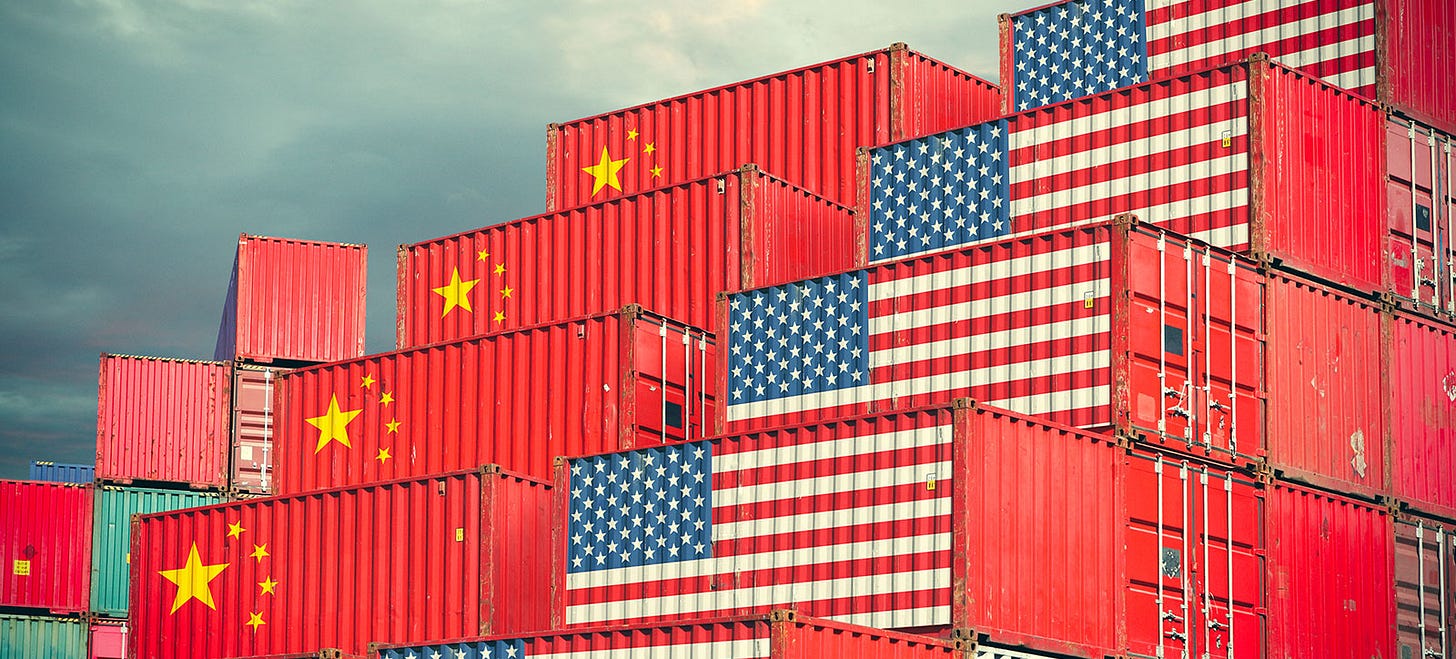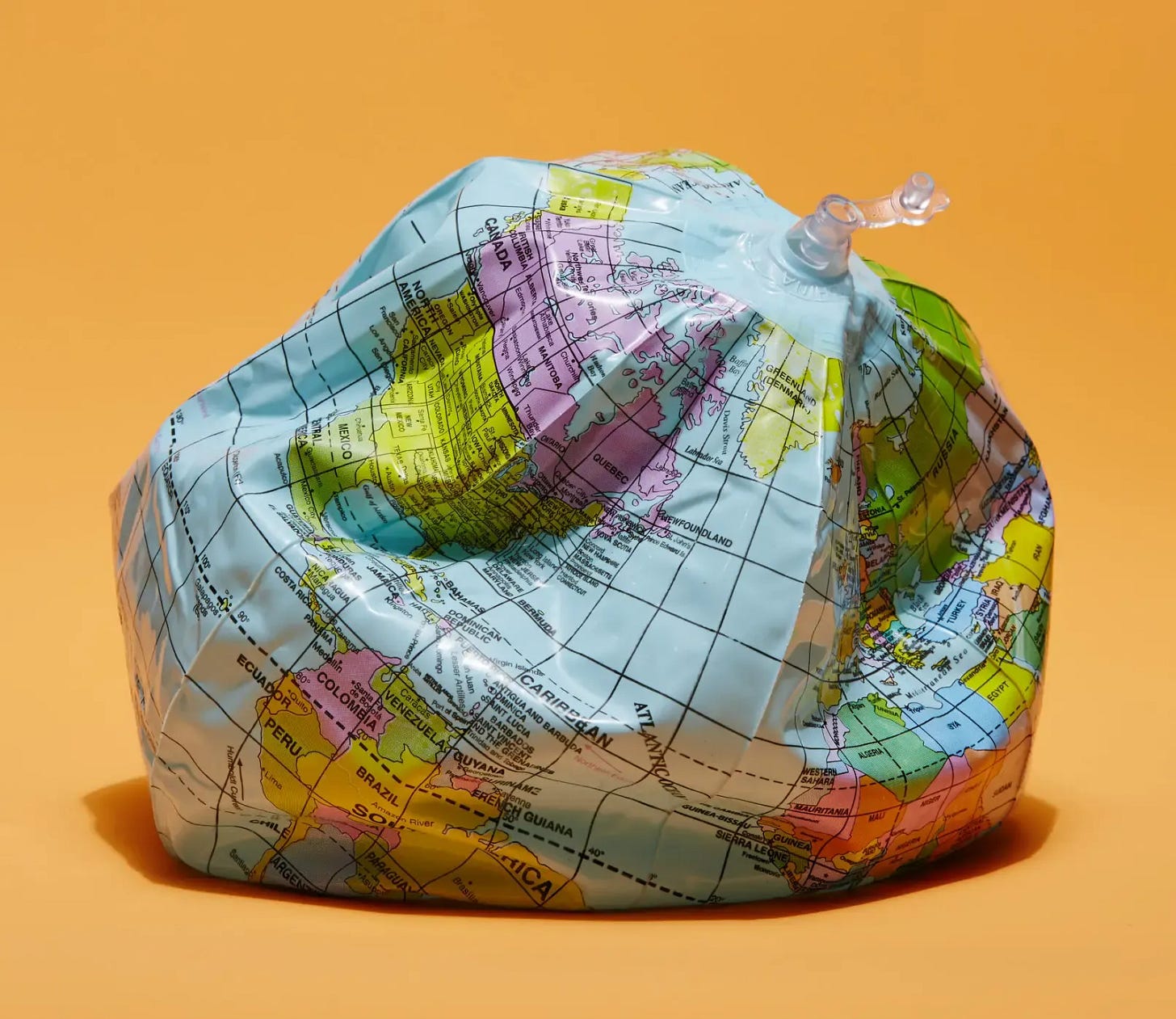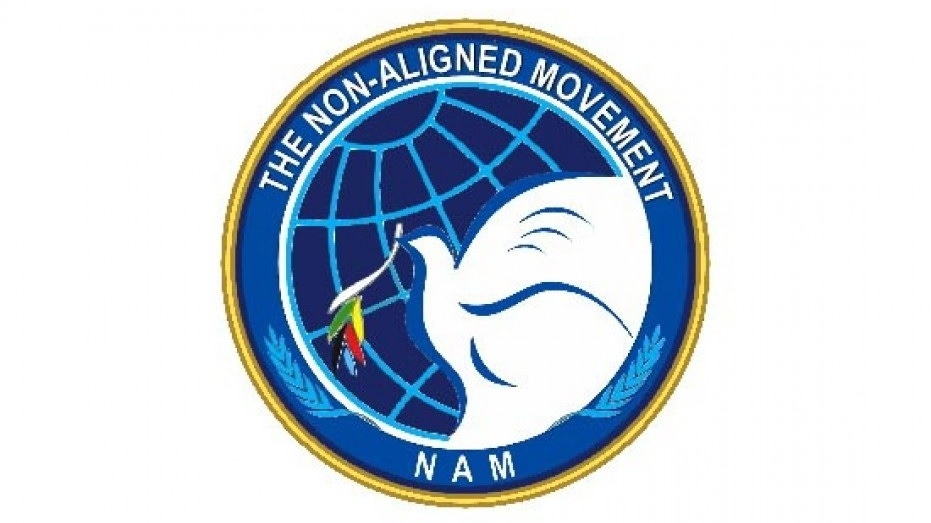The End of Playing Both Sides
Why neutrality is no longer an option in today’s fractured global order
The era of playing both sides is over. For decades, countries and investors could balance between global powers, benefitting from both sides without having to make tough decisions. But in today's shifting world, that approach is becoming increasingly unsustainable.
The dominance that the United States held after the Cold War, once seen as permanent, is now in question. Even U.S. officials are acknowledging this change. Secretary of State Marco Rubio recently referred to the past three decades of U.S. leadership as an “anomaly,” while Secretary of Defense Pete Hegseth has recognized China as a “peer competitor,” urging a shift in focus toward deterrence rather than the old alliances.
The signs of this shift are everywhere. Russia’s invasion of Ukraine, rising tensions across the Middle East, and growing pressure on global partners to oppose Chinese influence all point to a world splitting into two competing spheres. The recent tariff actions from the U.S. only reinforce this emerging divide.
Despite these geopolitical shifts, foreign investment in U.S. assets remains notably strong. Early 2025 saw significant declines in equities, driven by the impact of new trade tariffs, rising global tensions, and broader economic uncertainty. While these short-term factors have pressured the stock market, they haven’t shaken investor confidence in the long-term stability of the U.S. economy. In fact, foreign holdings of U.S. assets reached record levels in 2024, with direct investment assets surpassing $11 trillion. This contrast between the market’s short-term volatility and the sustained flow of foreign capital underscores an important point: while the stock market is affected by immediate concerns, global investors continue to view the U.S. economy as resilient over the long run. Even amid the recent turbulence in 2025, the demand for U.S. assets remains robust, suggesting that investors are focused on the enduring strengths of the U.S. financial system.
However, this confidence in the U.S. financial system exists alongside growing concerns about long-term geopolitical shifts. On the surface, it might appear that the U.S. still holds its position as the financial center of the world. But the widening gap between market behavior and geopolitical realities signals that the traditional dominance of U.S. assets may be under increasing strain. As global power dynamics continue to shift, capital flows will inevitably have to adjust to the new realities of the global order.
The challenge, however, lies in deciding where to allocate capital. Globalization has expanded investment opportunities beyond what was imaginable in the past, but with these opportunities come higher risks. Public finances are under growing strain, international trade faces new disruptions, and even long-standing alliances are becoming more fragile.
One possible area of focus for investors is the so-called “inbetweeners” — large nations that are strong enough to avoid fully aligning with either the U.S. or China. Countries like Brazil, Turkey, South Africa, the Gulf states, India, and Indonesia could emerge as influential players. Together, they represent a significant portion of the world’s economy, military strength, and population.
This idea isn’t new. The Non-Aligned Movement during the Cold War gave countries the freedom to engage with both East and West, and many of those nations — Egypt, Yugoslavia, Indonesia — enjoyed decades of strong economic growth.
Today, those opportunities are even more pronounced. Financial hubs like Dubai and Singapore, as well as up-and-coming centers like Kazakhstan, are showing just how lucrative it can be to maintain balanced ties to both the East and West. In a global economy that’s ten times larger than it was in the Cold War, being a neutral intermediary has become more valuable than ever.
However, there’s a catch. By the 1980s, many Non-Aligned countries started to struggle. Without the pressure from the superpowers to keep their policies in check, some countries began to falter. Saudi Arabia’s shift from fiscal surpluses to deficits, as well as Turkey’s ongoing economic troubles, show that neutrality can come with its own set of challenges.
This is where things get more complicated. Today, even longstanding U.S. allies like Europe, Canada, and Japan find themselves reassessing their positions. The U.S.'s changing approach to its traditional partners means that neutrality, or something close to it, might soon be necessary even for developed nations.
The message is clear: the days of sitting comfortably in the middle are fading fast. The divide in the global order is growing, and neutrality will soon become harder to maintain. The question is no longer about whether you can stay neutral—it’s about how you navigate a world where neutrality is increasingly impossible.
As we navigate this shifting global order, we’re left asking: Where do we go from here? Bernie Sanders recently weighed in with his thoughts on the future of U.S. foreign policy and the choices facing countries caught between superpowers. His video offers some insights into how these big geopolitical changes might play out—and maybe even how we can adapt to them.
Okay. If you’ve made it this far… thank you. Until next time, take care.
Alba




